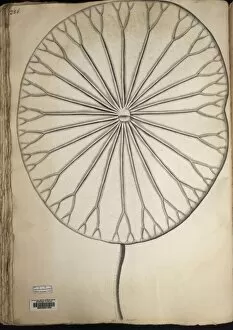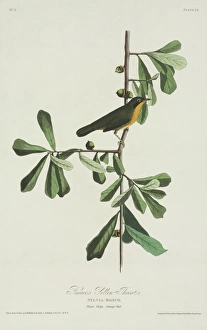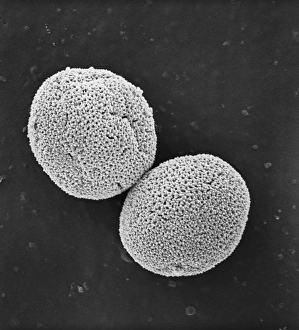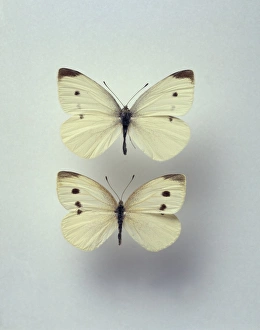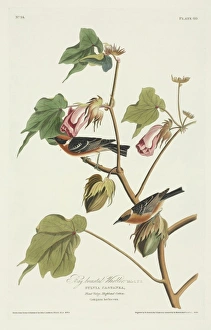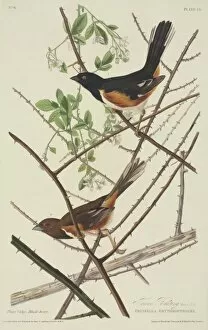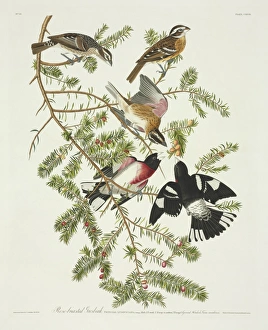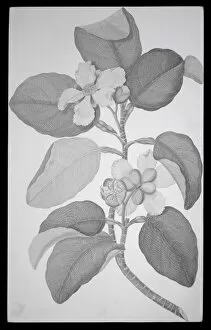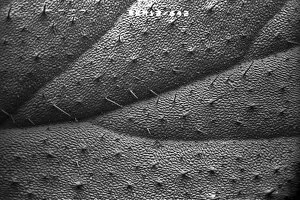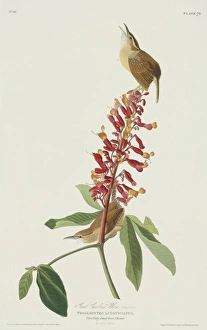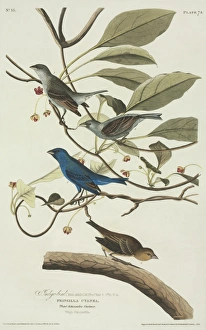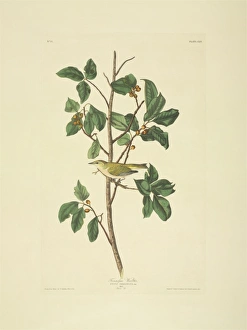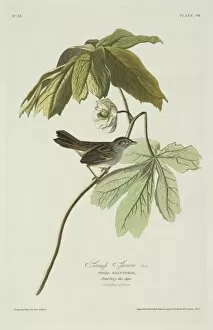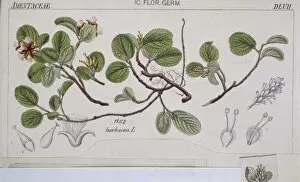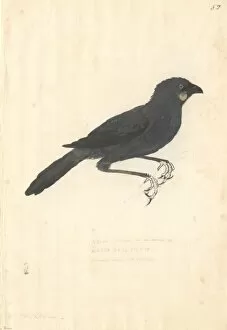Eurosid Collection (page 14)
Exploring the diverse wonders of Eurosid: from the graceful Weeping Willow to the vibrant Insects of Surinam, this group of plants and fruits never fails to amaze
All Professionally Made to Order for Quick Shipping
Exploring the diverse wonders of Eurosid: from the graceful Weeping Willow to the vibrant Insects of Surinam, this group of plants and fruits never fails to amaze. Discover the beauty and versatility of Gossypium barbadense, also known as the cotton plant, which has shaped industries worldwide. Immerse yourself in the enchanting Scottish Pine Forest, where tranquility meets majestic landscapes. Indulge your taste buds with Durio zibethinus, famously known as durian fruit - a unique delicacy that sparks controversy among food enthusiasts. Experience a burst of citrusy delight with Orangier des Gcnes or Arancio di Genova - two varieties of sweet orange that bring sunshine into every bite. Marvel at Cephalotus follicularis, an extraordinary Australian pitcher plant that lures unsuspecting insects into its captivating traps. Savor the rich flavor and aroma of Theobroma cacao's cocoa pod - nature's gift for chocolate lovers around the globe. Delight in Mangifera indica's succulent mangoes; their juicy sweetness transports you to tropical paradise with each bite. Listen to Emberiza calandra's melodious songs echoing through fields, celebrating nature's symphony amidst golden cornfields. Witness Quercus suber's resilience as cork oak provides sustainable materials while protecting biodiversity in Mediterranean ecosystems. Join us on this botanical journey through Eurosid and unlock nature’s secrets.






